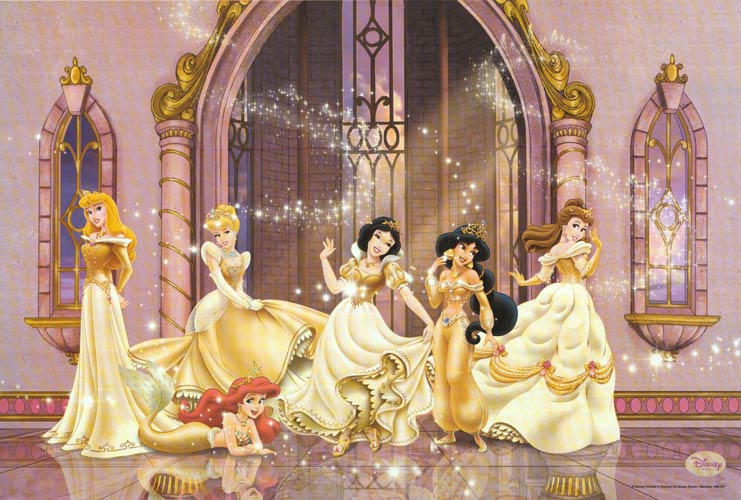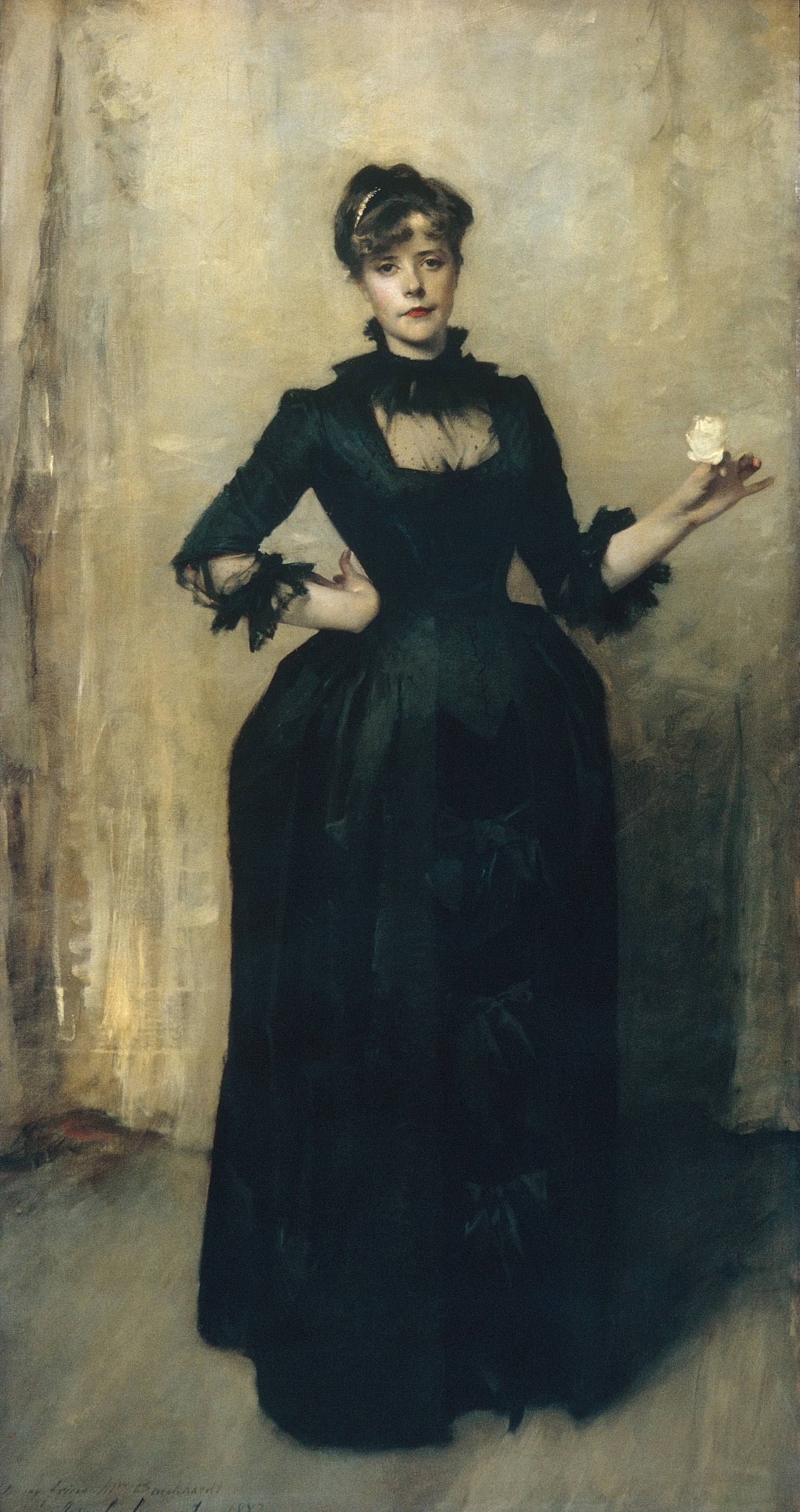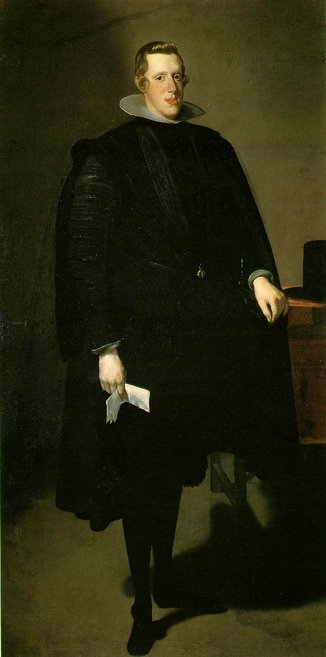Cloud Gate brings to mind the supposedly pearly gates of heaven in all its pure, blinding glory. It breathes of clarity, fluidity and serenity. It is the oldest known dance in China – and Lin Hwai-min earned a Lifetime Achievement Award for deciding to share it with the world in 1973 by creating the first contemporary dance company in a Chinese speaking community.
.jpg)
Wait, we need to backtrack. A LIFETIME ACHIEVEMENT AWARD for starting a dance company?
It turns out that at the time what Taiwan needed more than anything was a cultural spark. And the flame just grew until it defined Taiwanese culture. But history lesson first.
If Taiwan and China were on Facebook, their relationship would surely be listed as “it’s complicated”. In 1945, Taiwan was a territory of the Republic of China (ROC). Then the Chinese Civil War happened and the ROC lost to the People’s Republic of China (PRC). It relocated its government to Taipei, Taiwan.

Taiwan is the island next to mainland China.
The rest of the world followed the PRC’s victory by recognizing the PRC officially as “China”. How did they do this? In 1971, the other countries gave the PRC “China’s” seat in the United Nations and kicked the ROC out. Now Taiwan is left in an awkward area between being part of ROC, a territory of PRC, or an independent state. The rest of the world isn’t quite sure how to address this either so everyone is friendly toward Taiwan, though not straightforward in labeling it. This is the “political situation” of Taiwan.
This world class dance company formed 2 years after the PRC joined the United Nations at a time where Taiwan, as well as its inhabitants, was trying to discover its identity. Lin Hwai-min made Cloud Gate a symbol of the country. In fact, he is seen as “a kind of cultural ambassador for Taiwan” according to Yatin Lin, a professor of dance studies at Taipei National University of the Arts.
From a new $22 million Cloud Gate Theater to a street now known as “Cloud Gate Lane” to an asteroid discovered in 2010 by National Central University, Taiwan also named Cloud Gate to Cloud Gate Liveried Aircraft on China Airlines, the troupe of 24 dancers seems to represent Taiwan as international ambassadors. Mr. Lin recognizes this by saying, “I often remind the dancers that when they are onstage, they are often the only Taiwanese people that a lot of people get to see that are actually labeled as Taiwanese.”
A culture, a region, a people are all defined by the art of dance. Who would have thought dance could transcend artistic boundaries into politics? I believe that this expansion of the art of dance is a necessary step that should be more prominent in the future as well. In response to the hidden filth and corruption of the Gilded Age, artists pushed America to fight for justice and protection under the law. Photographers like Jacob Riis and cartoonists like Thomas Nast used art to communicate with the large, often illiterate and foreign-speaking, immigrant population in a way they could understand. Dance can be just as expressive with an equally as powerful impact on people. Especially with the massive network of social media, a dance can spread through a Vine or Youtube video to become a global sensation. This was evident in the popularity of the Ice Bucket challenge last year and the way the spread quadrupled the money donated to the ALS Association to $115 million.
Taiwan is getting more recognition though its dance company. The Cloud Gate Dance Theater is remarkable, with a natural essence to its dance and a foundation of self-discipline, inner strength, and harmony within the body, mind, and spirit. This stems from the training all the dancers receive in a meditation called Qi Gong which consists of breathing exercises, internal martial arts, modern dance, ballet, and calligraphy. From the clips I have viewed, the performance is truly breath-taking.

After considering the background and training of Cloud Gate Dance Theater, the art seems more fiery than I originally thought.
Thanks to Amy Qin, the writer of the September 11, 2015 New York Times article, “Cloud Gate Dance Theater: A Roving, Bounding Symbol of Taiwan” that brought Cloud Gate to my attention, I am also aware of the dance company’s performance at the Brooklyn Academy of Music this week from September 16-19. They are opening the annual New Wave Festival by premiering a 2013 work “Rice”. For more information, click here.











.jpg)


 With this idea in mind, it became clear to me that his portraits were altered to show what he wanted to immortalize and seemed more personal thereafter. With all the talk in class and in the previous essays on Sargent’s many influences, it didn’t seem that he had his own style – just a copy and blend of others’ styles. Now it is apparent that Sargent sought to immortalize his subjects in a form that put all the focus on them. The shadowing in the background and lighting on their faces drew attention to the subjects and left few distractions for the observer.
With this idea in mind, it became clear to me that his portraits were altered to show what he wanted to immortalize and seemed more personal thereafter. With all the talk in class and in the previous essays on Sargent’s many influences, it didn’t seem that he had his own style – just a copy and blend of others’ styles. Now it is apparent that Sargent sought to immortalize his subjects in a form that put all the focus on them. The shadowing in the background and lighting on their faces drew attention to the subjects and left few distractions for the observer.




Recent Comments